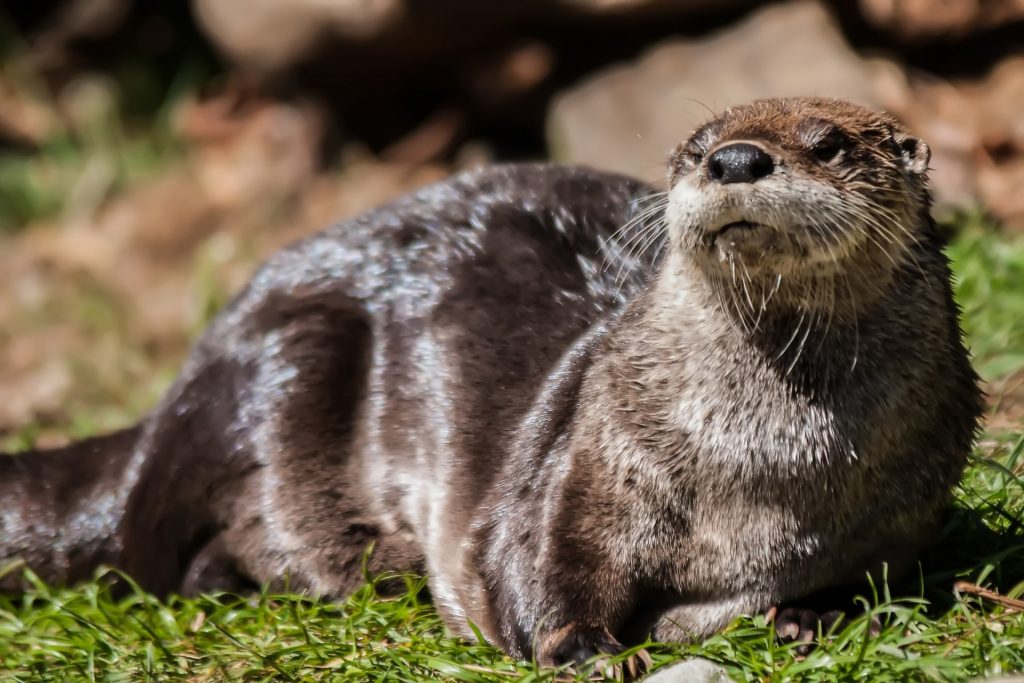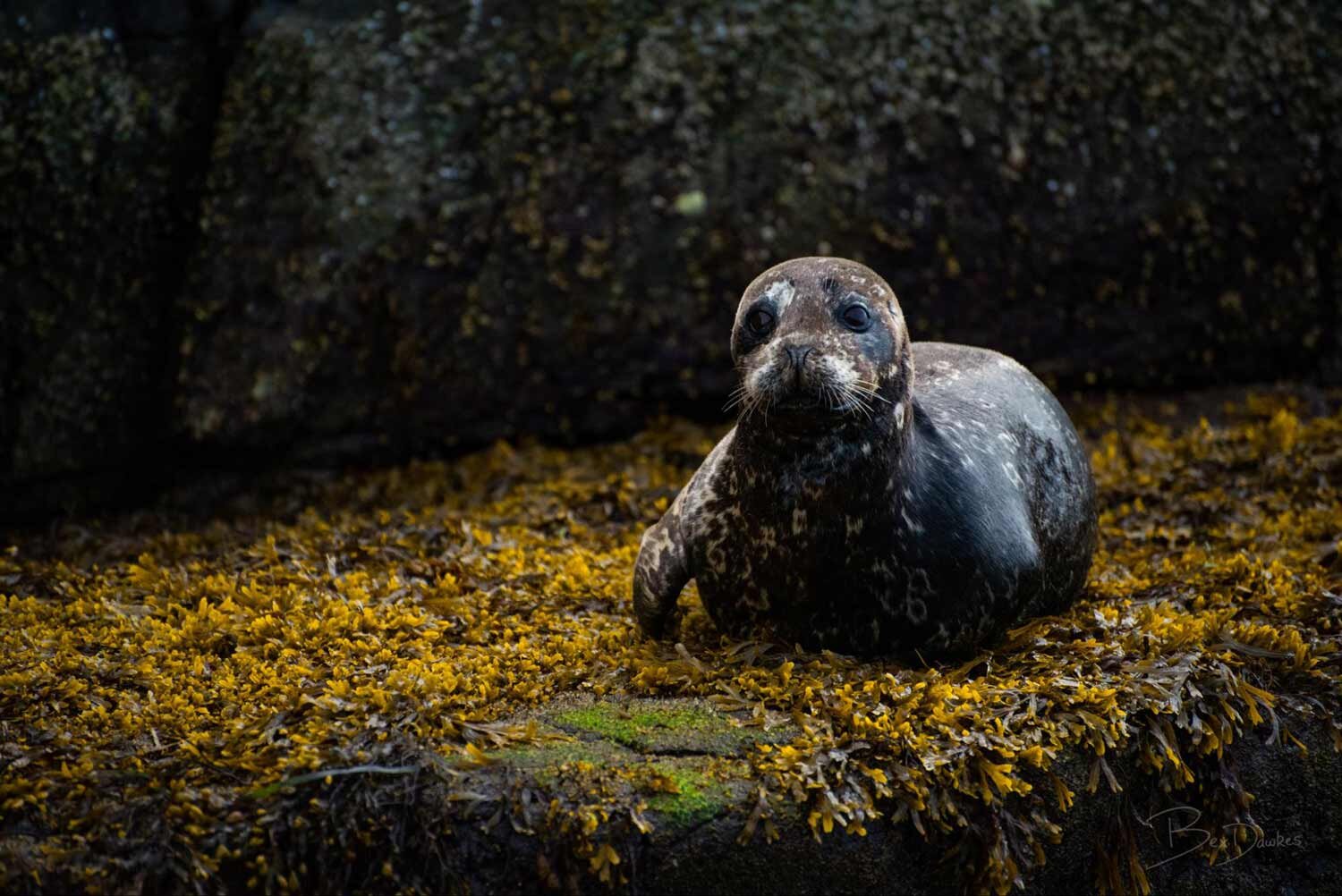Vancouver Island boasts a diverse array of wildlife, including black bears, cougars, and bald eagles. Its rich ecosystems support both marine and terrestrial species.
Situated off Canada’s Pacific Coast, Vancouver Island is a wildlife enthusiast’s paradise. Home to a unique blend of creatures, the island’s habitats range from coastal shorelines to dense forests. Visitors and locals alike marvel at the sight of orcas slicing through the waves or the majestic Roosevelt elk roaming the woodlands.
The island’s relatively mild climate throughout the year allows for an abundance of flora and fauna, creating a vibrant biosphere. Tourism thrives on the promise of glimpsing these animals in their natural settings, with eco-tours and guided hikes offering a closer look at the island’s natural wonders. This biodiversity hotspot is not only a haven for wildlife but also an essential part of the region’s cultural and environmental heritage.
Vancouver Island’s Unique Ecosystem
Vancouver Island boasts an incredibly rich diversity of habitats. Forests, beaches, and rivers are home to many unique species. Each habitat provides essential resources for wildlife to thrive.
Conservation efforts on the island aim to protect these natural environments. Initiatives include habitat restoration and species protection programs. These actions help maintain the island’s ecological balance.
Mammals Of The Island
Vancouver Island is home to a rich variety of mammals, including the black bear. These majestic creatures roam the island’s forests, often spotted by hikers and nature enthusiasts. With lush greenery providing ample food, black bears thrive in this ecosystem.
The Vancouver Island marmot stands out as a particularly unique species. Native to the island, it’s one of the rarest mammals in the world. Conservation efforts are in place to protect these elusive creatures, which are often found in alpine meadows.
Birdwatching Paradise
Vancouver Island is a haven for bird enthusiasts. Eagle-eyed visitors can spot majestic Bald Eagles soaring against the backdrop of pristine skies. These powerful raptors are a sight to behold, with their impressive wingspans and keen eyesight.
Enthusiasts flock to the island every year to witness the seasonal migrations. The variety of birds is astonishing, from tiny hummingbirds to the grand Golden Eagles. Bird varieties are plentiful, ensuring that every visit is unique and exciting.
| Season | Birds to Watch |
|---|---|
| Spring | Bald Eagles, Warblers |
| Summer | Puffins, Gulls |
| Fall | Geese, Swans |
| Winter | Ducks, Owls |

Credit: www.discovervancouverisland.com
Marine Life Encounters
Vancouver Island offers thrilling whale watching adventures. Tourists can see orcas, humpbacks, and grey whales. These tours are popular from May to October.
Visitors also enjoy spots with seals and sea lions. These animals are often seen lounging on rocky shores. Their playful nature entertains everyone.
Reptiles And Amphibians
Vancouver Island boasts a variety of reptiles and amphibians. Garter Snakes, commonly found across the island, are often seen basking in the sun to regulate their body temperature. These snakes prefer sunny spots and can be spotted on warm rocks or in open fields during sunny days.
Another fascinating group of creatures are salamanders, which are more elusive. They typically dwell under logs or in moist environments. The damp, forested areas of Vancouver Island provide the perfect habitat for these amphibians. Observers might find them by carefully lifting logs or stones in the woods.
Insect And Arachnid Diversity
Vancouver Island boasts a rich variety of butterflies, each with vibrant colors and unique patterns. These insects play a crucial role in pollination, aiding the growth of local flora. Enthusiasts and nature lovers often enjoy the diverse butterfly species that the island offers.
Spiders, though less admired, are essential predators in controlling insect populations. Their webs are not only ingenious traps but also incredible works of art. Spider’s role in the ecosystem is fundamental to maintaining balance. By feeding on pests, they support healthy gardens and natural spaces on the island.
Flora Supporting Fauna
Vancouver Island’s ecosystem thrives due to its diverse native plants and trees. Wildflowers play a crucial role, supporting numerous animal species. These plants offer food and shelter, forming a habitat where wildlife can flourish.
Key species include the Western Red Cedar and Douglas Fir. These trees provide excellent cover and nesting spots for birds and small mammals. Wildflowers, such as the Pacific Bleeding Heart, attract pollinators, enhancing plant reproduction.
Conserving these native species is essential for maintaining the island’s biodiversity. Their presence ensures a balanced environment, crucial for wildlife survival.
Wildlife Viewing Ethics
Viewing wildlife demands respect and care for their natural habitats. Tourists and locals alike should practice responsible observation to ensure minimal disturbance to animals. Engaging in quiet observation from a distance is key. This allows animals to continue their natural behaviors without stress.
Always use binoculars or zoom lenses to watch animals. Do not attempt to feed, touch, or interact with wildlife. Stick to established trails and viewing platforms to protect the environment. Remember, your presence should leave no trace on Vancouver Island’s ecosystems.
| Do’s | Don’ts |
|---|---|
| Stay on paths | Approach wildlife |
| Use binoculars | Feed animals |
| Keep quiet | Leave trash |
Conservation Challenges
Vancouver Island’s diverse wildlife faces significant threats. Endangered species struggle for survival amidst various challenges. Key factors include habitat loss and fragmentation, which disrupt ecosystems and animal communities.
Species such as the Vancouver Island marmot find themselves on the brink of extinction. Their natural environments are shrinking due to human activities. This includes urban development, logging, and pollution.
Wildlife corridors, which allow species to migrate and interbreed, are becoming scarce. This leads to genetic isolation and weakens populations. The conservation of these animals requires urgent action.

Credit: www.discovervancouverisland.com
Getting Involved
Getting involved with wildlife on Vancouver Island is rewarding. Local animal sanctuaries and rehabilitation centers often seek volunteers. These roles may include feeding animals, cleaning habitats, and assisting with educational tours. Individuals passionate about wildlife can gain hands-on experience.
For those keen on learning, various educational programs offer insight into animal behavior and conservation. Programs are designed for all ages, making them perfect for school field trips or family outings. Participants engage in interactive activities and learn about local species and ecosystem protection.
- Join conservation efforts: Protect native species and habitats.
- Work with experts: Learn from biologists and conservationists.
- Impact the community: Help with wildlife education and awareness.
Best Times And Places
Vancouver Island brims with wildlife throughout the year. Spring ushers in vibrant bird migrations. Summer offers sightings of orcas and humpback whales. Fall is prime for spotting salmon runs. Winter invites eagle watching.
Eagle-eyed visitors flock to the northern tip for orcas. Mid-Island hotspots cater to bird enthusiasts. West Coast trails are perfect for bear sightings. Coastal waters near Tofino and Ucluelet are havens for whale watchers.
| Season | Wildlife | Location |
|---|---|---|
| Spring | Bird migrations | Island-wide |
| Summer | Orcas, Whales | Northern tip, Coastal waters |
| Fall | Salmon runs | Rivers and streams |
| Winter | Eagles | Various locations |
Photographing Island Wildlife
Photographing wildlife on Vancouver Island offers unique opportunities. Patience is key for capturing those unforgettable moments. Always maintain a respectful distance to avoid disturbing animals. Early morning or late afternoon light conditions are ideal for photography. Quiet movements and a steady hand aid in getting that perfect shot. Use long lenses to photograph from afar.
- Use natural light to your advantage.
- Keep silent to prevent scaring creatures away.
- Stay hidden by using blinds or camouflage.
Adhering to ethical practices is crucial. Do not feed wildlife for a photo. Preserve natural behaviors and habitats. Always prioritize the well-being of the animals over getting a shot.

Credit: www.kayakbritishcolumbia.com
Frequently Asked Questions
What Kind Of Wildlife Lives On Vancouver Island?
Vancouver Island is home to a diverse array of wildlife, including black bears, cougars, wolves, elk, and various bird species. The surrounding waters host seals, whales, and sea otters.
What Is The Top Predator On Vancouver Island?
The top predator on Vancouver Island is the cougar, known for its strength and stealth. This powerful animal reigns at the apex of the island’s food chain.
Are There Moose On Vancouver Island?
Yes, moose are present on Vancouver Island, having been introduced there in the 1920s. Their population is smaller compared to the mainland.
Are There Big Cats On Vancouver Island?
Yes, Vancouver Island is home to a population of cougars, which are large wild cats native to the region.
Conclusion
Exploring the diverse wildlife of Vancouver Island offers a unique adventure into nature’s wonders. From majestic eagles to elusive cougars, each creature adds to the island’s vibrant ecosystem. Remember, respecting their habitats ensures these animals thrive for generations to come.
So, pack your binoculars and set out for an unforgettable wildlife experience!
